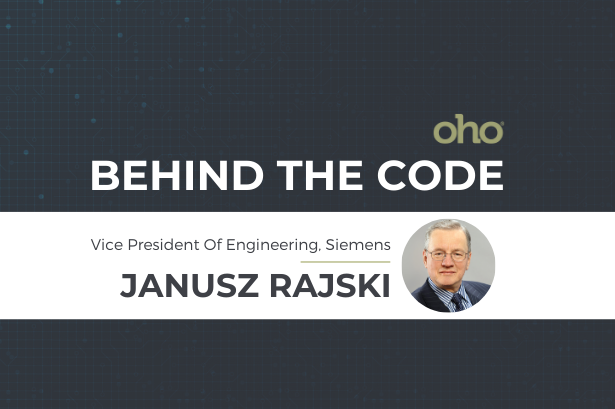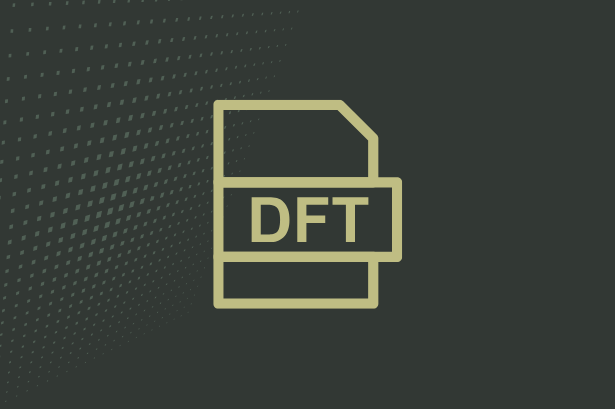
The Data Science Behind Black Friday: Ops Optimisation and Personalisation
22 Nov, 20235 mins
Black Friday is just around the corner, and the algorithms know it.
Black Friday is a major pre-holidays selling event, which some believe takes its name from the day retailers turned profitable, i.e. “in the black”, for the year. This year’s, on Friday 24 November, marks the first since the general launch of ChatGPT on 30 November 2022. But while the public is just entering the era of artificial intelligence (AI), the technology has been a major part of Black Friday for years.
There are two key ways in which AI impacts Black Friday for e-commerce retailers, and we can think of them as the back end and front end of the event’s sales and marketing efforts.
On the back end are operational questions like demand forecasting and inventory management; here, the ability of machine learning algorithms to optimise business processes are unparalleled.
On the front end are ever more personalised marketing campaigns and shopping experiences. AI has been able to optimise these for years, but the recent rise of generative AI opens whole new avenues for marketing companies.
The Back End — Optimising Operations
The data processing and predictive analytics capabilities of AI and machine learning are crucial to a global sales event like Black Friday playing out seamlessly.
“With the insights unlocked by AI algorithms, retailers can better predict purchasing volumes store-by-store, aligning stock levels in anticipation of hot items selling out and maximising sales while minimising waste,” says Forbes.
According to online AI marketplace Defined.ai, predictive analytics and historical data are used to forecast sales volumes and related data like the number of returns over a period like the Black Friday and Cyber Monday events. “Making accurate forecasts for the weekend through to the end of the year will help ensure smooth operations even as orders increase,” says Defined.ai. “AI can play a key support role in these areas.”
Inventory optimisation software producer C3.ai cites the example of a large electronics manufacturer, with $10bn+ in annual revenue, 10,000+ employees, and 1 million customers across 140 countries. Within six months of adopting the AI solution, the company achieved $42m in working capital reduction, 22% savings on stock keeping units, and gave inventory managers visibility over 10,000 stock keeping units.
These operational advantages aren’t limited to online purchases. In-store, image recognition technology means that shoppers can scan barcodes and images of items in order to search for promotional offers and deals.
The Front End — Personalising Purchases
AI can also transform the act of selling goods during the holidays by offering highly personalised shopping experiences. Forbes reports that 75% of shoppers are willing to spend more on personalised shopping experiences.
This need for personalisation is unsurprising for those that have been paying attention. The term “has been ringing in the ears of retail customer marketers for years now”, according to Stuart Russell, Chief Strategy Officer of Plinc. Russell writes that achieving personalisation at scale is a challenge that has historically evaded many marketers. AI and LLMs, however, present the solution to this challenge.
Between them, the technologies “have the potential to use extensive troves of customer data (which many marketers already possess) to craft perfectly tailored content on a customer by customer basis”. Data such as preferences, purchase history, and current context can “deliver hyper-personalised marketing at scale”.
For example, French fashion label LePantalon used software from Klaviyo to develop bespoke loyalty programs for its customers. Using data from PresaShop, Klaviyo’s module was able to add bespoke product recommendations into customer emails based on their previous behaviour.
Other companies have built AI apps to directly tap into this potential. Forbes writes that “shopping assistants like Honey and Capital One’s browser extension use predictive analytics to alert customers to early Black Friday promotions tailored to their preferences.” AI-powered communication devices such as Amazon Alexa, Google Home or retail website chatbots also streamline the shopping experience.
Conclusion
As the promo communications come rolling in this Black Friday, keep an eye out for which companies are going the extra mile to tailor their offerings to your taste, and think about how you respond differently to these!
And if you can see yourself being part of a team building the tools that build Black Friday, speak to Oho Group today about finding a job in AI.


